“Serhii would pull a tiny notebook from the front pocket of his shirt and read us jokes. We’d laugh until our stomachs hurt. Not really because the jokes were that great, but because it was him telling them […] I found out about his death during a VATAHA event. It feels like someone sliced a whole chapter out of my life.”
VATAHA’s annual Run for Ukraine asked its participants who they were running for: a deceased loved one, fallen hero, or hometown under siege. Each runner wore a bib representing the person or place they chose to honor. These are their answers, and the stories of those who paid the ultimate price for Ukraine’s freedom.
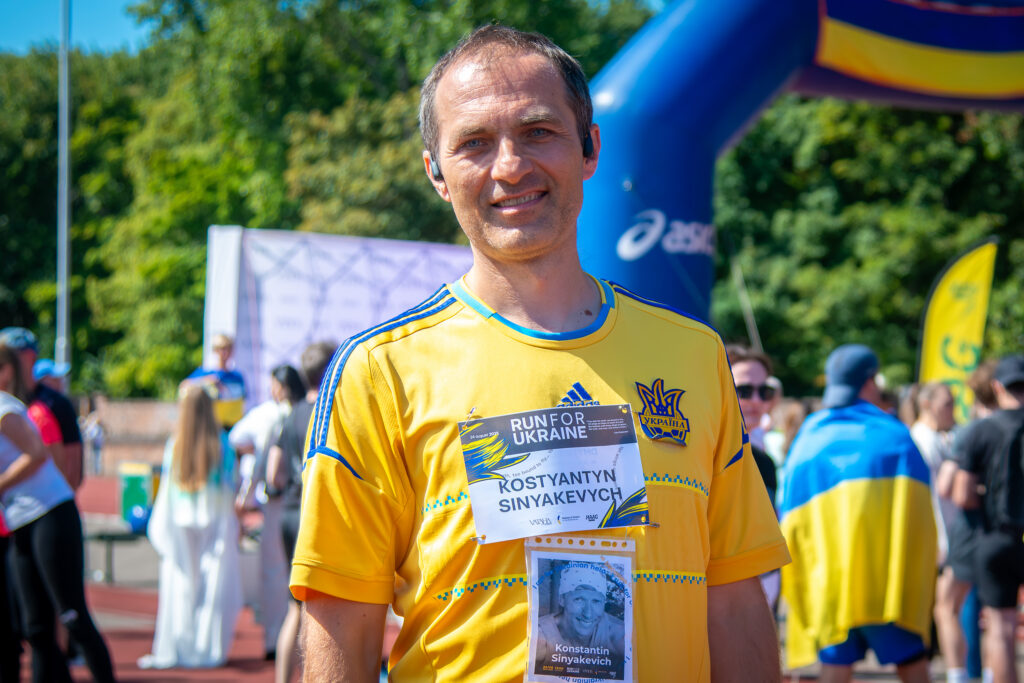
“Kostyantyn Sinyakevich, call sign Compass. Extremely intelligent, modest, and infinitely humane. He never raised his voice, but everyone heard him. A professional rock climber and industrial climber, in the first days of the full-scale invasion, he and his friends rushed to save Kyiv: they covered the windows of the Kyiv railway station with nets, which, if hit, could turn into thousands of fragments. Then, he joined the Svoboda battalion and headed east. ‘For me, there was no question: to go or not to go. My mother survived the Holodomor and left diaries that could be used to make a horror film. My uncles were in the UPA and died in bunkers. I knew history too well to understand who we were dealing with and how it could all end,’ he said in one of our conversations. He had a military degree behind him, so he immediately became a platoon commander, although by nature he was an individualist and took on most of the tasks himself, for which he was loved and respected. He somewhat resembled Don Quixote: tall, thin, with an unchanging quiet smile. But at the same time, he did not avoid any, even the most dangerous, tasks. Always, together with his friend, colleague and fellow countryman Oleksandr Polishchuk (Alpinist), he was in the front. They were always together. Both loved the mountains and their families, and both dreamed of conquering more than one peak after the war. They are both still on the list of those who did not return from the battlefield on 12/23/22 in the landing between Kurdyumivka and Ozaryanivka (near Bakhmut). The last thing known about Konstantin is that he died from a sniper bullet when he ran to his wounded comrade, Sasha Polishchuk. He ran to his wounded comrade…”
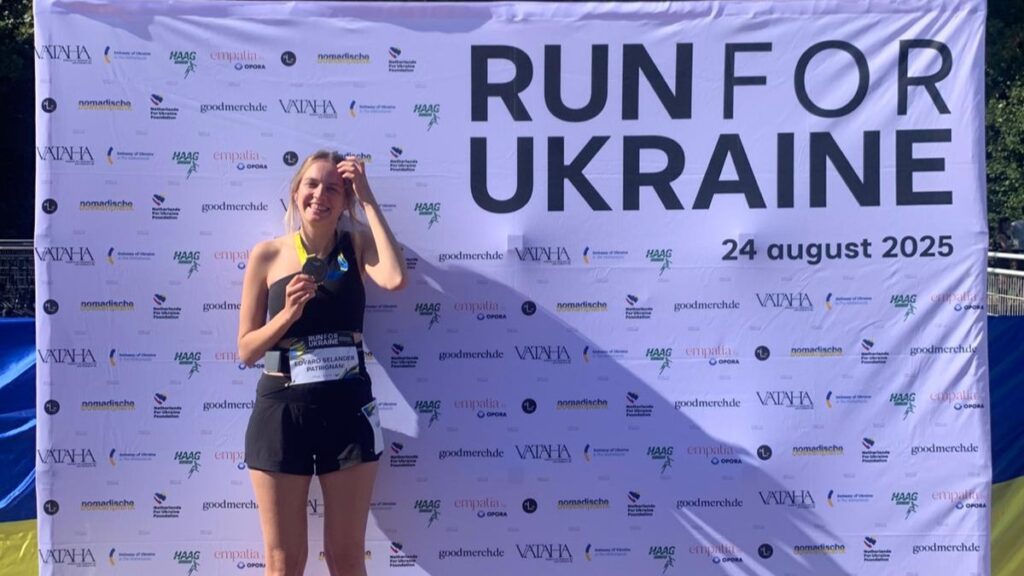
“After checking into a small family-run hotel in Sweden, we found out that the hotel owners’ son, Edvard Selander Patrignani, left his cozy life in Sweden in 2022 to join the fight for Ukraine’s freedom. He was killed in action. Edvard’s story really touched me because he was not Ukrainian by birth, yet he understood the fight for Ukraine to be a part of a larger struggle for justice and freedom. It reminds me that solidarity isn’t just a word, it’s action.”
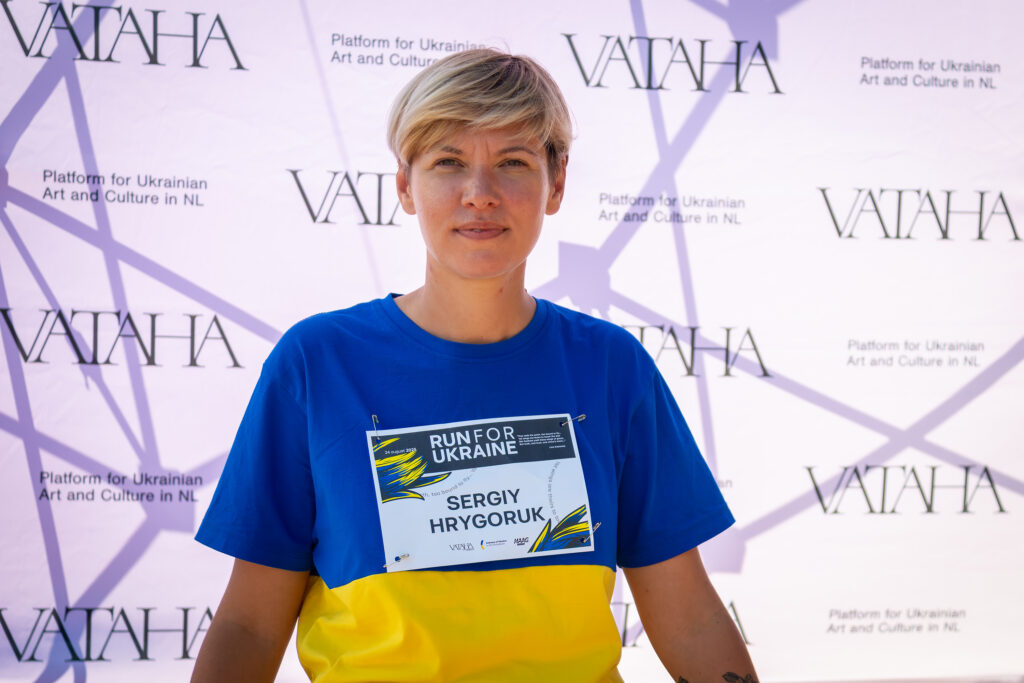
“Serhii [Hrygoruk] wasn’t my classmate, but we all called him ‘the head student’. We were so close, spent so much time together, that I often forgot he wasn’t officially part of our class. He had this unshakable sense of justice and more kindness than most people carry in a lifetime. Always joyful, radiant, and beautiful, inside and out. At every party, Serhii would pull a tiny notebook from the front pocket of his shirt and read us jokes. We’d laugh until our stomachs hurt. Not really because the jokes were that great, but because it was him telling them. Serhii was a dancer. He travelled the world since he was a child. We danced together at the Viennese Ball, and again at my wedding. I truly hoped one day to dance at his. I found out about his death during a VATAHA event. And I still can’t believe it. It feels like someone sliced a whole chapter out of my life. Rest in peace, Serhii. You’ll always be part of my heart.”
“Yurii Kerpatenko was a Ukrainian conductor, orchestra member, and accordionist based in Kherson. In September 2022, when Kherson was occupied, he refused to entertain russians, and they shot him and his wife with a machine gun through the door of their apartment. Yurii said ‘no’ to playing russian music and died for it. I wish people in the Netherlands understood that russia uses art as a weapon, as a propaganda tool, as a way to distract the world from their war crimes. I wish people here would have the courage to say ‘no’ to russian music – while no one is holding a gun to their head.”
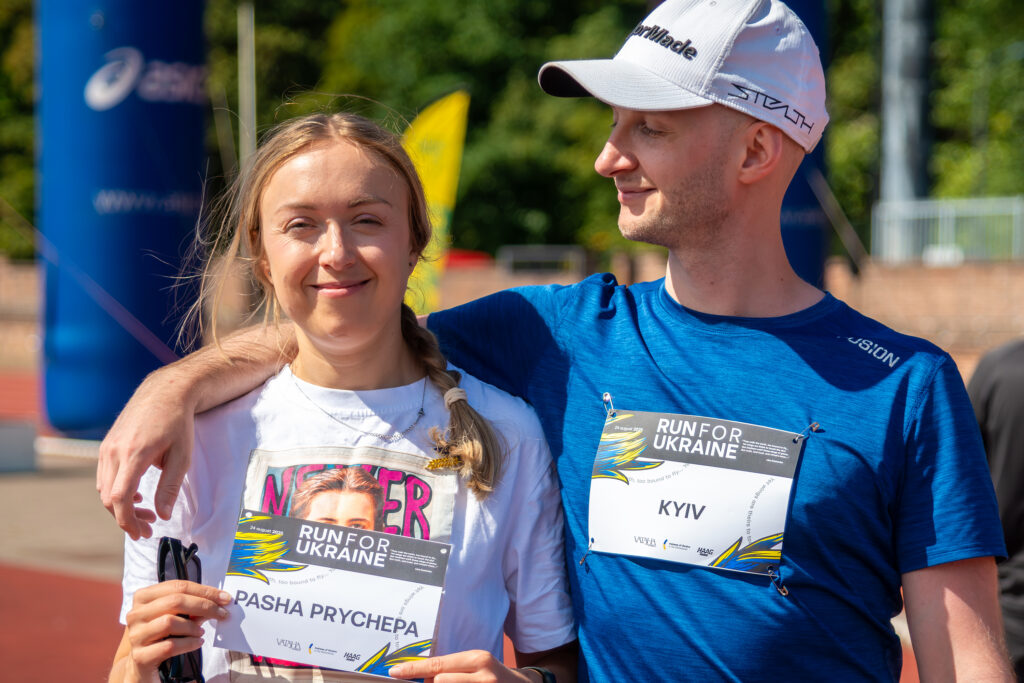
“Pasha [Prychepa] was my classmate in Kyiv-Mohyla academy. For four years we studied ecology together – visited national parks and reserves for environmental practice. He was the soul of our company. He played guitar amazingly. He loved literature. He had a wonderful family – a wife and two kids (the third was on the way) when he died defending Ukraine in 2022.”
“To commemorate all civilians who have lost their lives or been injured by landmines and unexploded ordnance in Ukraine.”
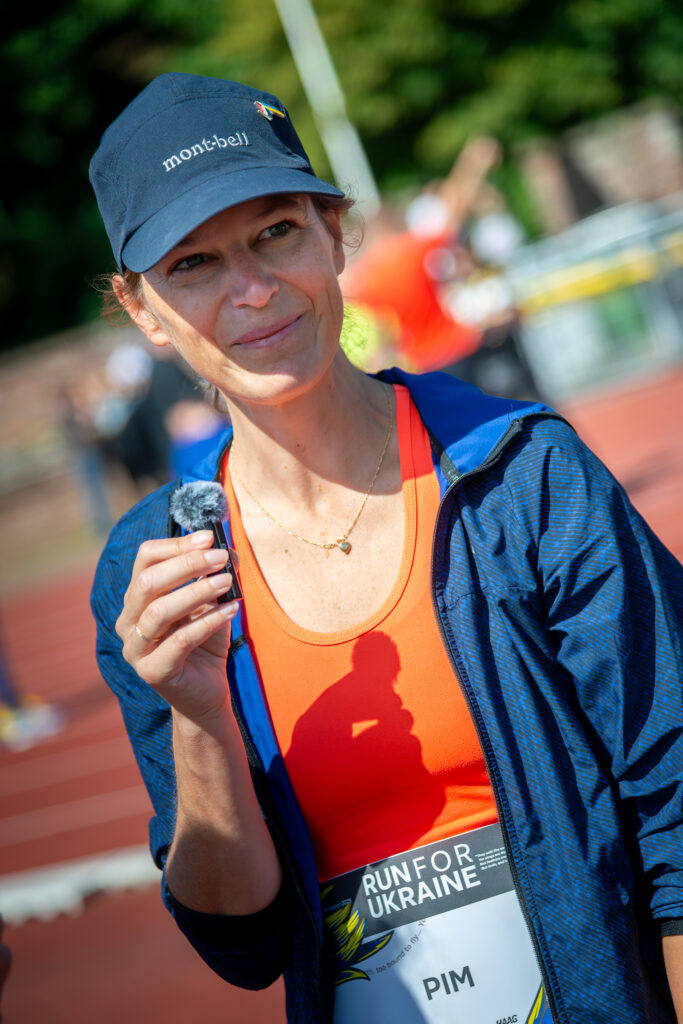
“In a better world beats a noble heart: my friend Pim, who died on flight MH17.”
“My friend [Andriy Surovytskyi], who was only 18 years old at the time, was killed at the beginning of the full-scale invasion when defending the city of Chernihiv.”
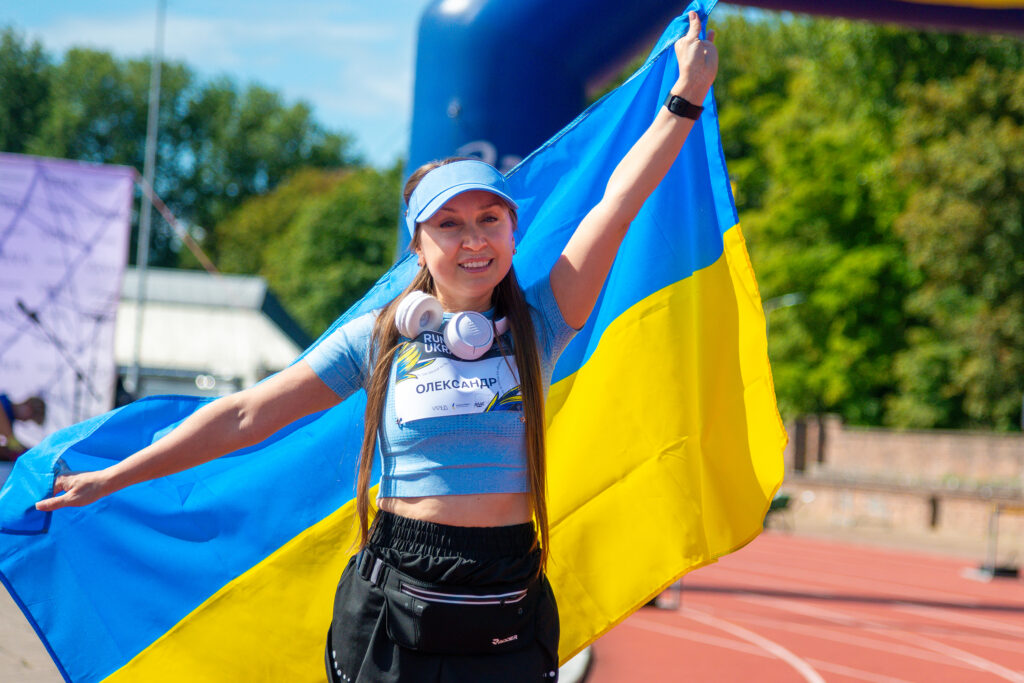
“I’m running in honour of my beloved Oleksandr, who is currently defending Ukraine in the ranks of the Ukrainian Armed Forces.”
“I’m running in memory of Maksym Kryvtsov. May he never be forgotten and may his words continue to resonate.”
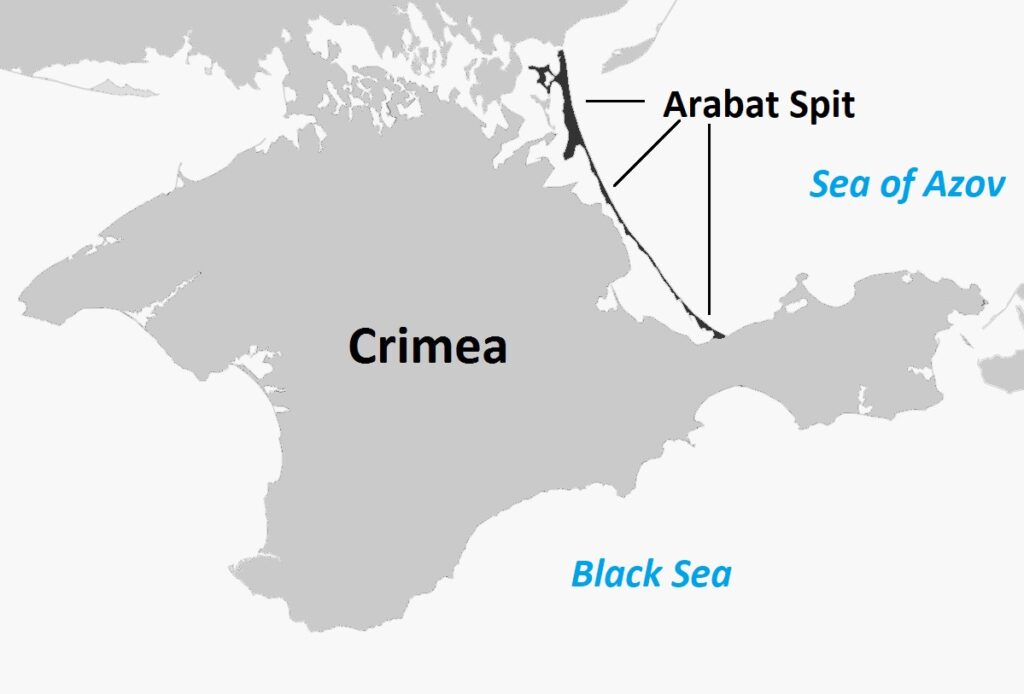
“The Arabat Spit is a 112-kilometer-long sandbar stretching between the Azov Sea and the Syvash Salt Lake in southern Ukraine. It is Europe’s longest spit and once served as a peaceful resort destination known for its shallow warm waters, healing muds, and natural hot springs. This narrow strip of land, located in the Kherson region and temporarily occupied Crimea, is not only a natural wonder but also holds strategic military value. The Ottoman-built Arabat Fortress, which once defended the coast, is a historical reminder of the area’s geopolitical importance. Since russia’s occupation of Crimea in 2014 and its full-scale invasion of Ukraine in 2022, large parts of the Arabat Spit have been militarized. Once a haven for families and eco-tourists, the region has become a military corridor, witnessing destruction, environmental damage, and the displacement of local communities. Today, the Arabat Spit stands as a symbol of Ukraine’s natural beauty and resilience — and a reminder of what is at stake in the face of war and occupation.”
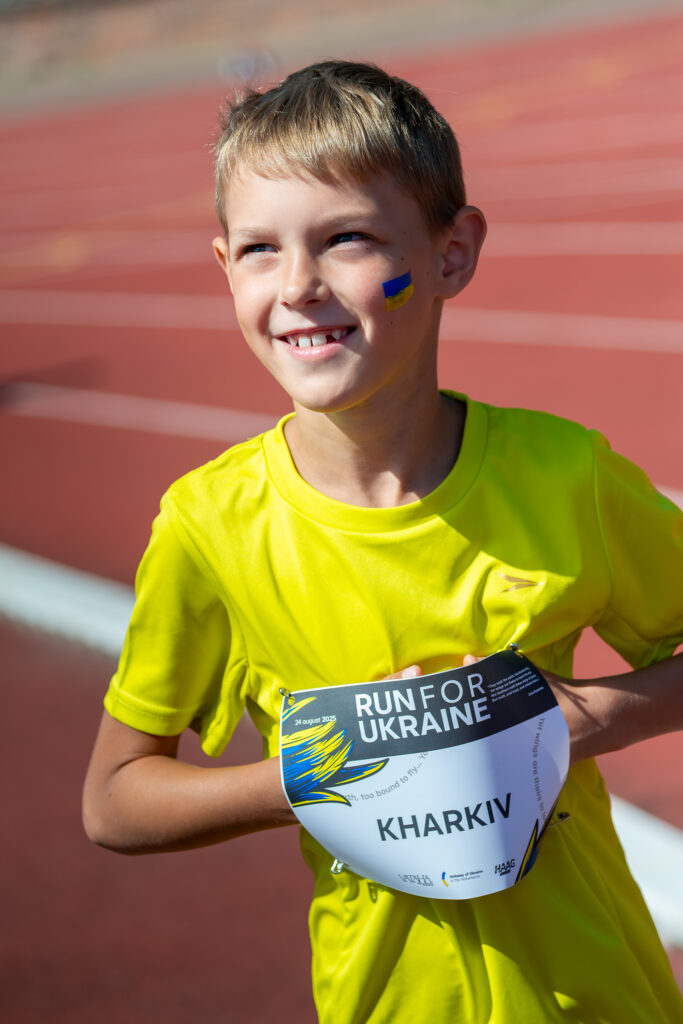
“I am 7 years old and I run so that children can have a happy childhood in Kharkiv, in Ukraine, and in all the world. Children should not see or hear the sounds of war.”
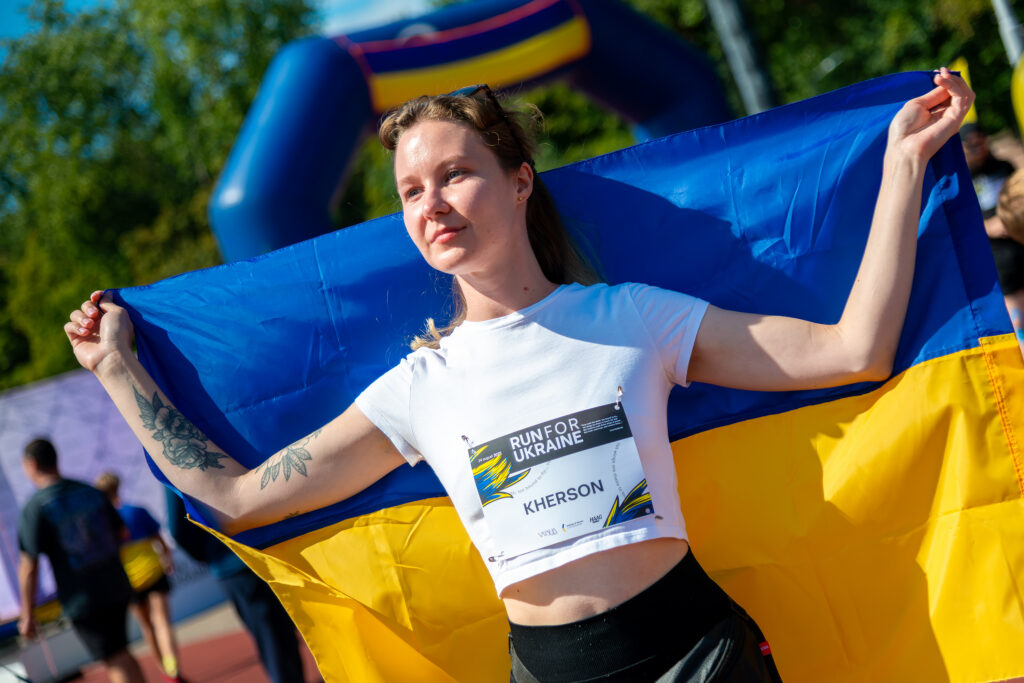
“I was born in a town on the right bank of the Dnipro River in the Kherson region. My town, like Kherson itself, was occupied — and then, thanks to Ukrainian heroes, it was liberated. After that, it was flooded when the russians blew up the Kakhovka Dam. Now, it has been under shelling for more than two years. They are erasing my city from the face of the earth.”
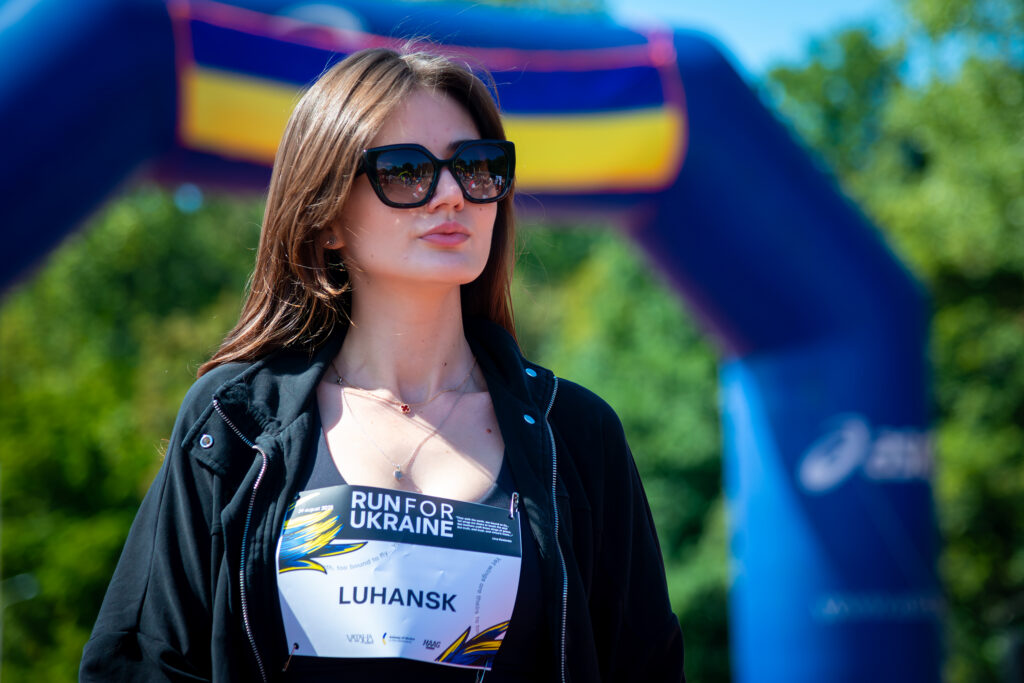
“[Luhansk] is my hometown, which I haven’t visited since 2014. They took away my opportunity to immerse myself in my childhood and ‘touch’ my memories.”
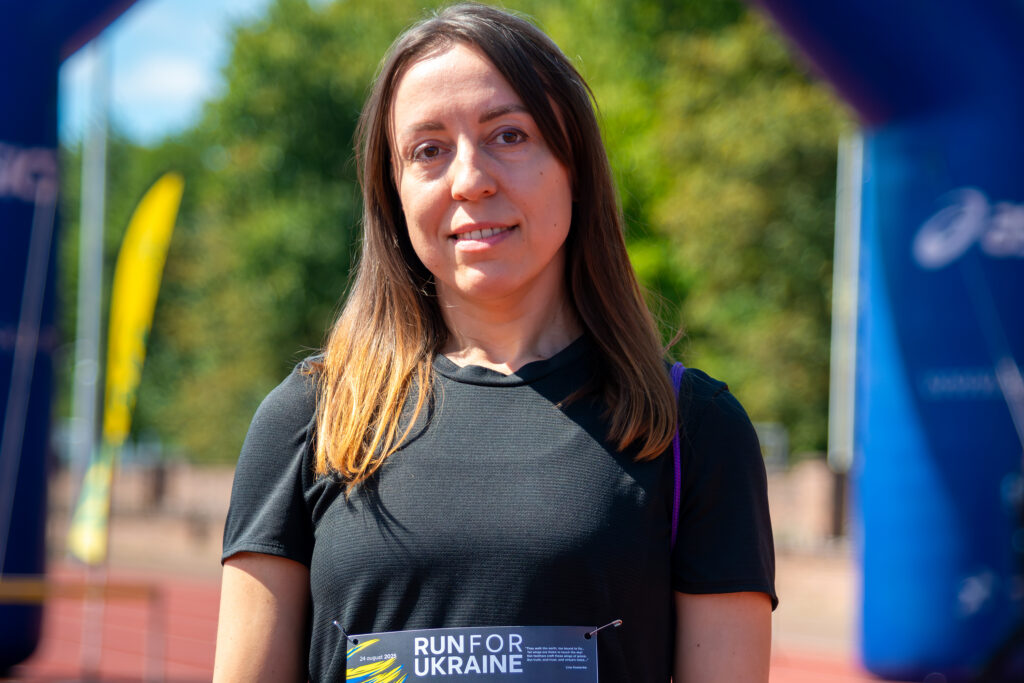
“I run for Popasna city, as it is the city of my second family. I ran to Popasna when my own city was occupied in 2014. It gave me safety for some time, and I have warm memories of the time I lived there. In the past, it was a cozy small town with the best linden trees in the world. Now it’s completely destroyed by russians.”
This selection of stories was just a handful of several hundred stories we received ahead of Run for Ukraine, both this year and last year. Just as russia uses art as a weapon, VATAHA embraces Ukrainian art, culture, and heritage to fight back and defend itself. Join us in our mission, and become a patron here.
Photo credits: Olha Kyrychenko.